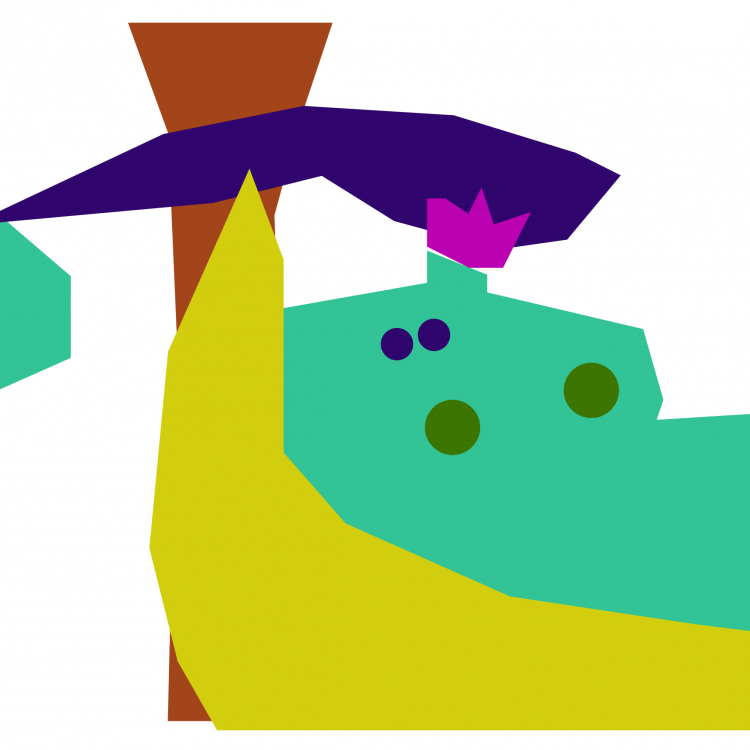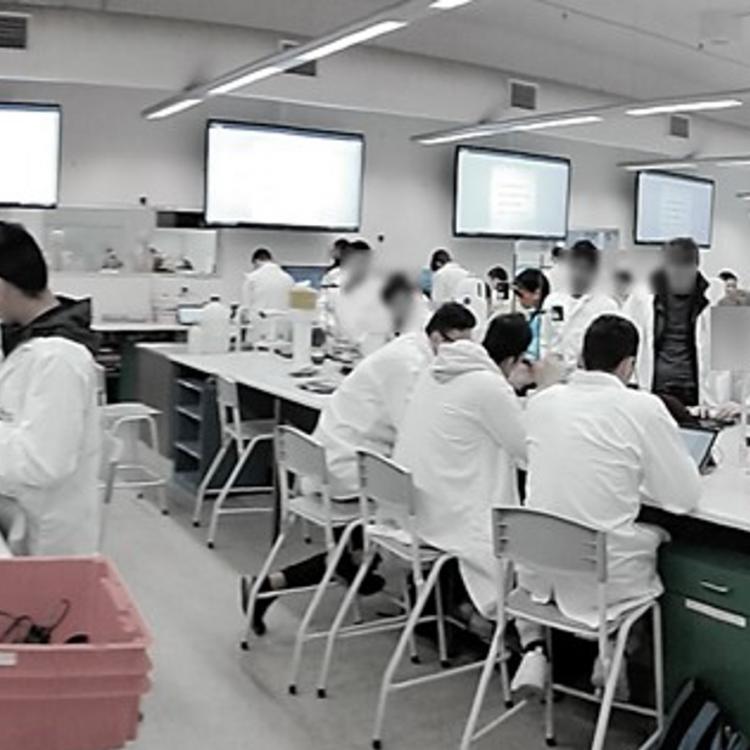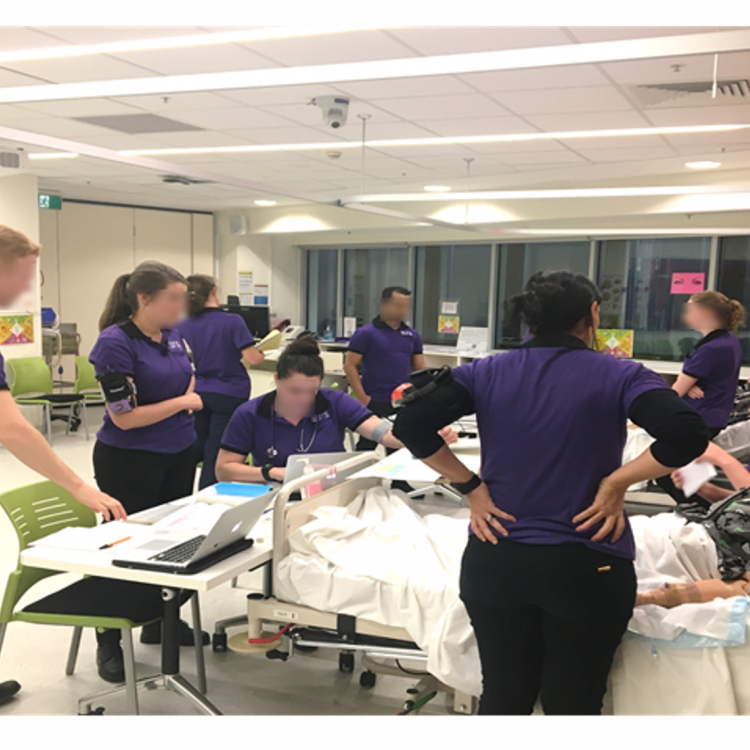When designing user interfaces, developers want to be able to position objects in a structured way such that controls are clear and neat. In the past, absolute positioning and grids have been used for this purpose. However, such rigid layout doesn’t now allow adaptive layout for interfaces that run on a variety of screen sizes or that need different control sizes due to application being internationalised into foreign languages. For this reason, Apple introduced constraint-based GUI layout under the name Auto Layout for iOS developers. With Auto Layout developers specify constraints…
Research projects in Information Technology
Displaying 171 - 180 of 194 projects.
Reimagining digital publishing for technical documents
Digital versions of technical documents, like textbooks and academic papers, are usually produced as static PDF files. Research has shown that working with these on electronic devices is frustrating and inefficient, partly because people do not read such documents in a linear fashion as they do novels.
Automatic Generation of Graphics for People Who Are Blind
This PhD project will investigate how existing book contents (text and graphics/animations) can be automatically translated into accessible eBook formats with minimum human intervention. It will be part of the Books for the Vision Impaired and the GraVVITAS frameworks (www.monash.edu/it/inclusive-tech). The project will employ computer vision, image processing and human computer interaction techniques. It may also include hardware development of wearable assistive devices that use audio and haptic feedback.
Digital analytics for classroom proxemics (indoor positioning)
I am seeking PhD candidates interested in working on designing Learning Analytics innovations to study classroom proxemics by analysing and visualising indoor positioning data (along with other sources of evidence such as audio, physiological activity and characteristics of the students).
Neural speech-to-text translation
In this project, we are interested to translate speech to text. This can be used for translating a speaker who speaks in French to English in order to make it understandable by an English speaking person.
There are various aspects to this project, including (but not limited to): (i) handling multi-modal speech and text data, and (ii) producing simultaneous translations. This project involves innovating interesting models to address different aspects of this problem (eg [1,2]).
Context-Dependent Neural Machine Translation
The meaning of an utterance depends on the broader context in which it appears. The context may refer to the paragraph, document, conversational history, or the author who has generated the utterance. In this project, we develop effective methods for translating text using the context, e.g. the rest of the sentences in the document or the conversational history.
Data Storytelling with learning data
I am seeking PhD candidates interested in working on designing Learning Analytics or similar reflection interfaces that automatically highlight design elements of data visualisations and generate narrative to communicate insights (instead of just plotting data).
Teamwork Analytics
I am seeking PhD candidates interested in designing and connecting Multimodal Learning Analytics solutions according to the pedagogical needs and contextual constraints of teamwork occurring across physical and digital spaces.
Individual-based simulations for sustainable insect-plant interactions
Insects are vital components of natural and agricultural ecosystems that interact with plants in complex ways. Computer simulations can help us understand these interactions to improve crop production, and to assist us to sustain our natural ecosystems as we change the Earth's climate. This technology is vital to inform our strategies to protect global food supplies and manage our national parks and forests.
Social network sites as a source of ecological data
This project builds on research in which geo-tagged social network site images are used to determine insect and flowering plant distributions on a continent-wide scale. This work was awarded an "AI for Earth" grant by Microsoft, one of only 6 projects in Australia to receive this recognition.






